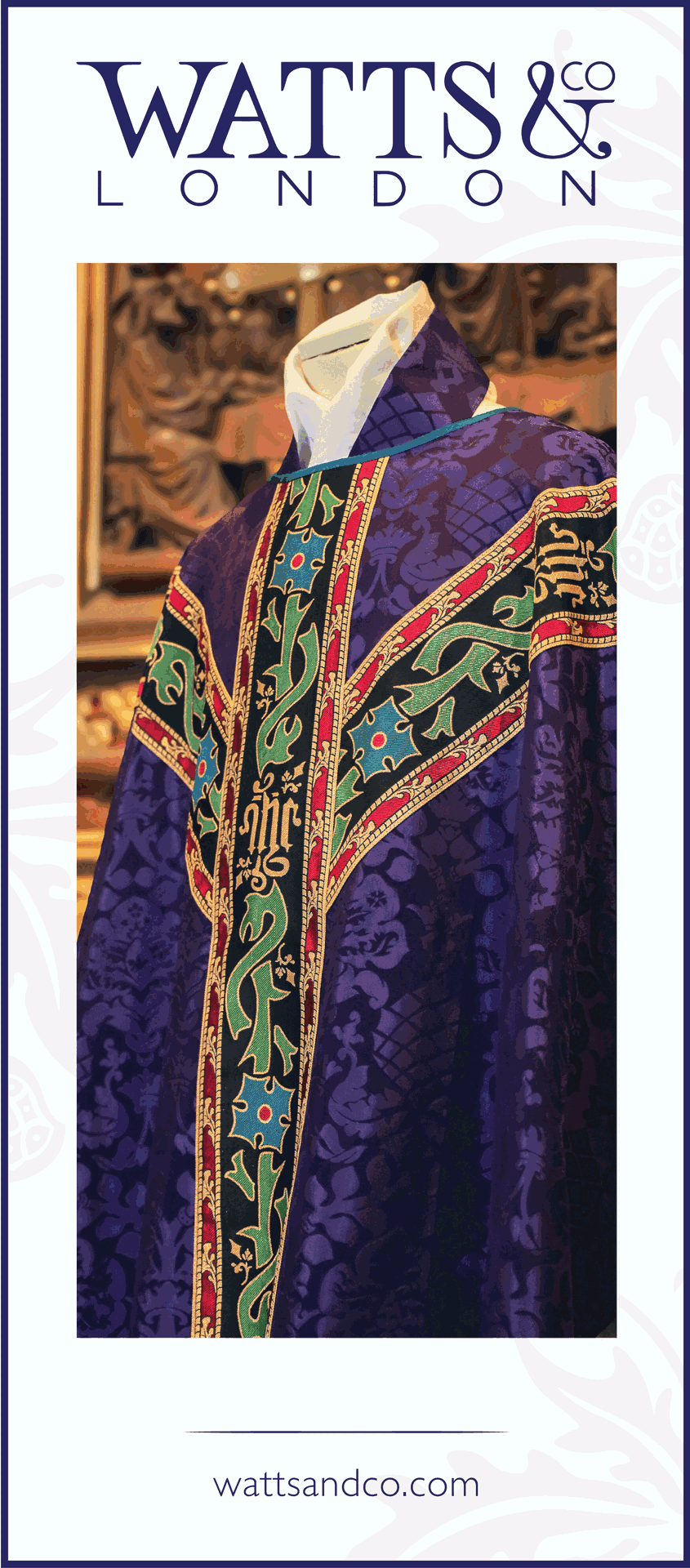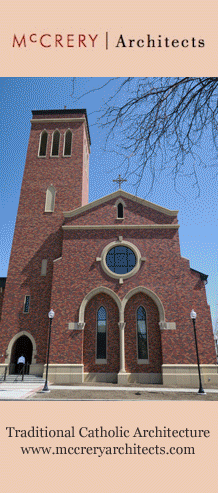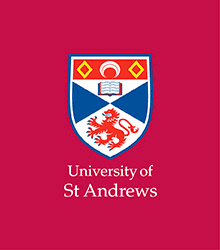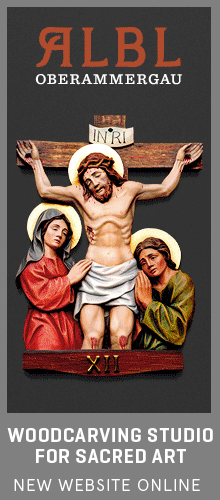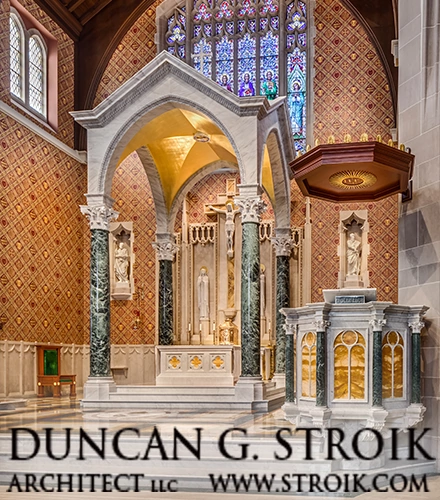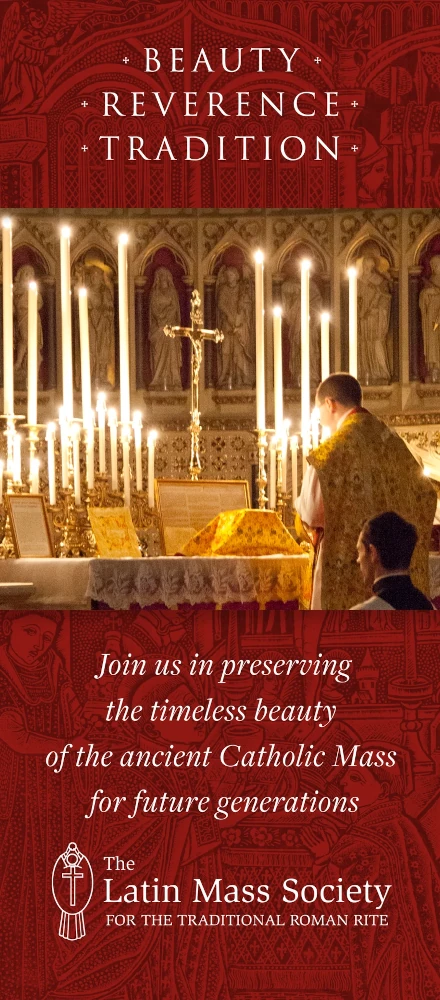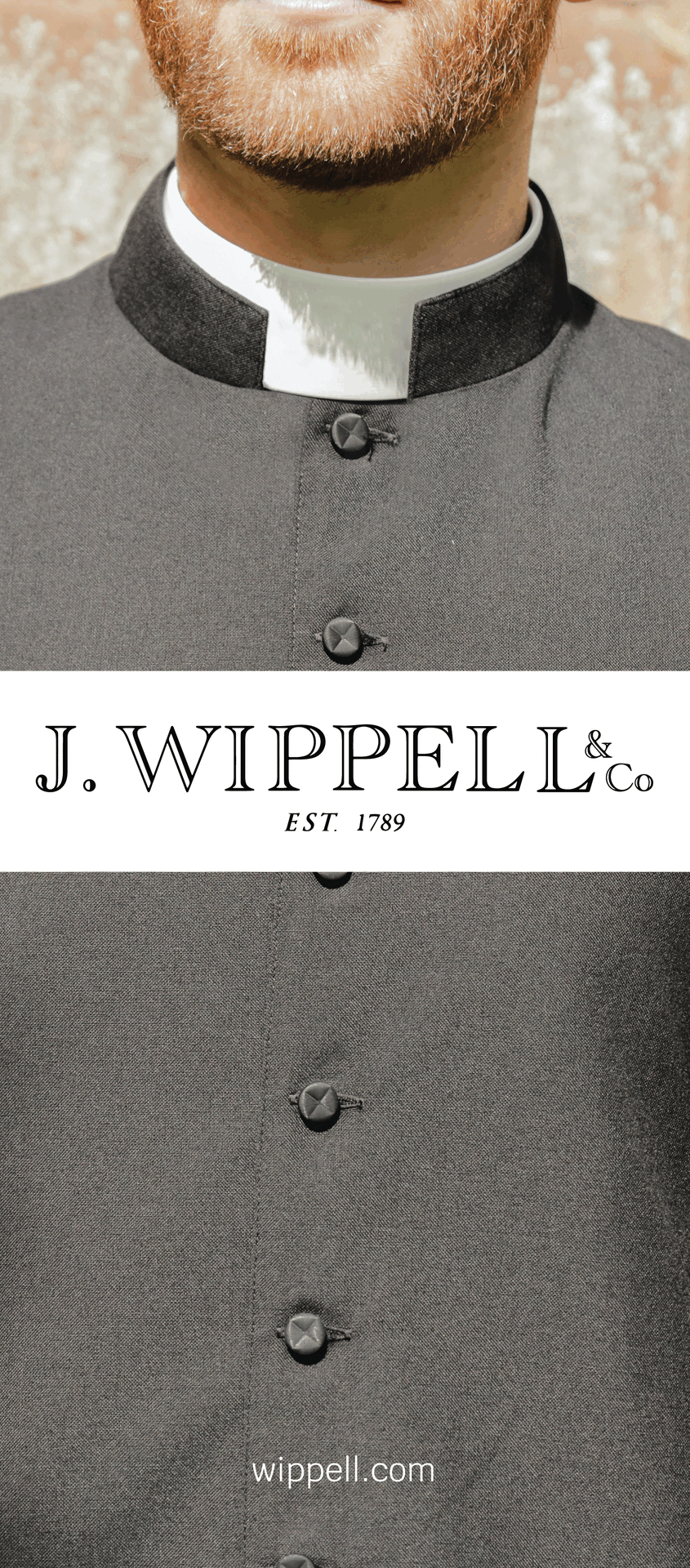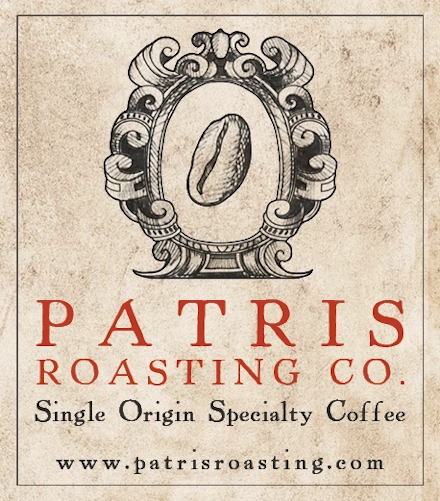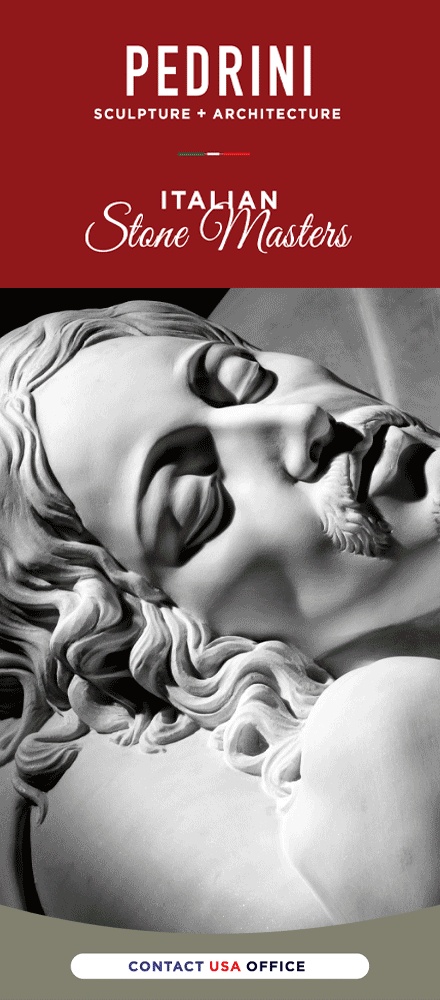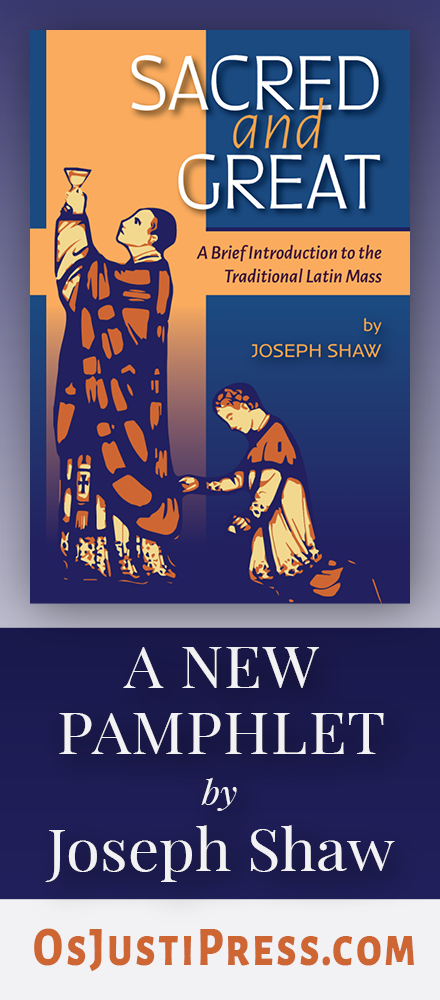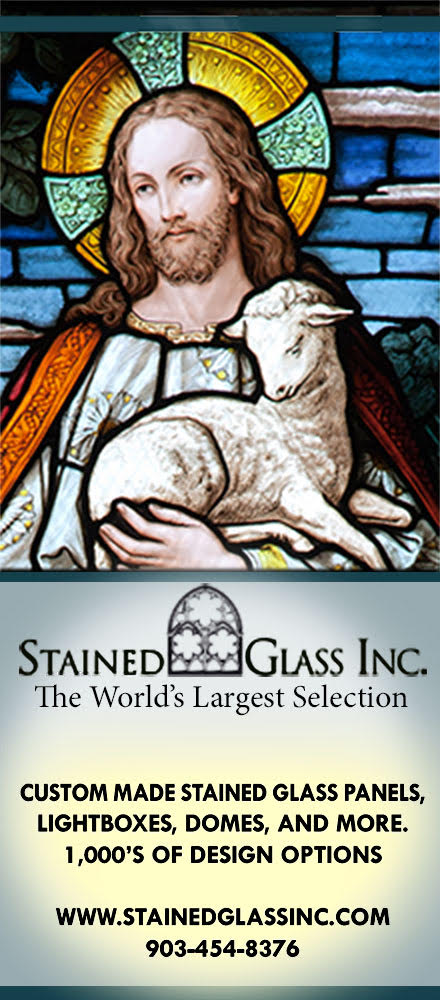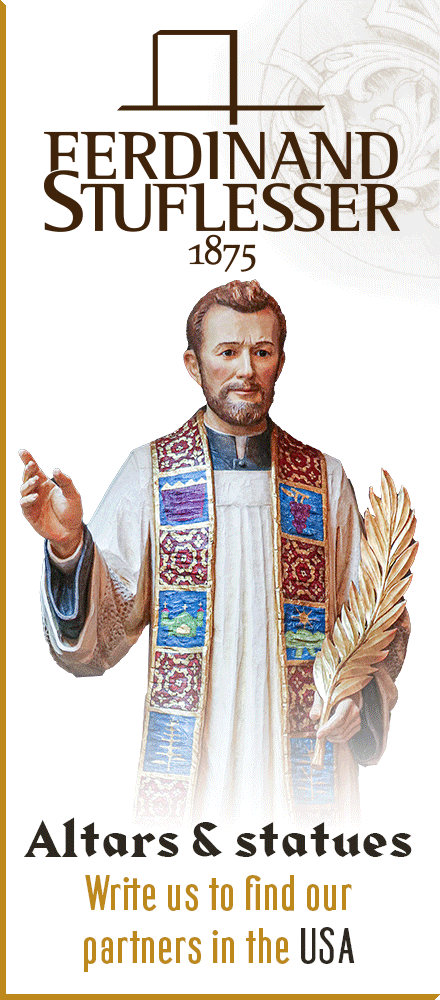I was recently asked a question about the fact that many icons of the Annunciation portray our lady holding a scarlet or purple thread. This reflects a detail that comes from one of the apocryphal gospels the Protevangelium of James. The Catholic Encyclopedia describes it as follows: “It purports to have been written by ‘James the brother of the Lord’, i.e. the Apostle James the Less. It is based on the canonical Gospels which it expands with legendary and imaginative elements, which are sometimes puerile or fantastic. The birth, education and marriage of the Blessed Virgin are described in the first eleven chapters and these are the source of various traditions current among the faithful. They are of value in indicating the veneration paid to Mary at a very early age. For instance it is the "Protoevangelium" which first tells that Mary was the miraculous offspring of Joachim and Anna, previously childless; that when three years old the child was taken to the Temple and dedicated to its service, in fulfilment of her parents’ vow. When Mary was twelve Joseph is chosen by the high-priest as her spouse in obedience to a miraculous sign — a dove coming out of his rod and resting on his head.”
In regard to this particular detail, according to the Protevangelion when Gabriel entered Mary’s house to announce the joyous news of the Incarnation of the Logos, she was spinning purple and scarlet thread to make a veil for the temple. She was chosen because she was a virgin. Mary with this detail therefore to emphasize her virginity. If purple is shown, it signifies also her descent from the royal house of David. If Mary is shown holding scarlet thread, the colour of blood, then this signifies the fact that the Saviour took flesh and blood from her flesh and blood.
The portrayal of Mary weaving began to occur about the fifth century onwards with basket and bobbin of thread. From about the ninth century onwards, the basket seems to have been omitted. The portrayal of the Annunciation in the West, seems to be less consistent in including this. I have shown a Spanish Romanesque painting that has Our Lady with thread, but not scarlet or purple. El Greco and de Champagne, in quite different styles, show a basket of cloth, but containing white material. The final image by Guido Reni has no illusion to the making of the temple veil at all that I can see.
How do we make sense of this? In regard to apocryphal writings, The Catholic Encyclopedia makes the point that it need not be a negative term, and can be interpreted as simply, non canonical. (No writings that are in the bible, therefore, New or Old Testament, should ever be referred to as apocryphal). Some apocryphal writings can be useful and some are heretical. I certainly do not feel qualified to sift through these documents and the supporting research which decides which are valid and which are not. For the most part, when there are details included that are not scriptural and which I do not understand, if they appear regularly make an effort to understand why they are there. If I cannot get to the root of them I do not include them. In this case, given that there is a long history of its inclusion and it does seem to have accepted as valid, I might include it if asked. Given that the source is non scriptural I my instincts are not strongly in favour and it would need to be well and truly embedded in tradition for me to consider it. One thing I won’t be doing is reading these documents in detail with a view to using them as a potential source for new symbols.
The Western portrayals often show Mary reading scripture opened to the prophecy of Isaiah: “Behold a virgin shall conceive and bear a son...” (Isaiah 7:14). Given the scriptural reference, my personal instincts tend favour this form.
Images below, top down: 12th century Spanish iconographic; 13th century iconographic (Romanesque); and below by El Greco, de Champagne and Guido Reni respectively.





Friday, December 02, 2011
The Apocryphal Gospels as a Source of Imagery
David ClaytonMore recent articles:
The Chrism Mass: Tradition, Reform and Change (Part 1) - Guest Article by Abbé Jean-Pierre HermanGregory DiPippo
We are very grateful to Fr Jean-Pierre Herman for sharing with us this important article about the Chrism Mass and its recent reforms. The French original was published two days ago on the website of the Schola Sainte-Cécile as a single article; it will be published here in two parts. Fr Herman is professor of liturgy at the Good Shepherd Institute...
The 2nd Adeodatus Conference on Catholic Education, June 18-21 at Belmont Abbey CollegeDavid Clayton
Find out more and register here.This four-day gathering brings together educators, scholars, and Catholic thought leaders to explore the integral formation of students and teachers in mind, body, and spirit. Each day will focus on a distinct theme, beginning with Sound Bodies & Keen Minds, addressing topics like memory, mimesis, and freedom fro...
Guest Review of Mons. Stefan Heid’s Altar and Church: Principles of Liturgy from Early ChristianityGregory DiPippo
We are grateful to Dr Michael Coughlin, Professor of Theology at Saint John’s Seminary in Boston, for sharing with NLM this review of Monsignor Stefan Heid’s book Altar and Church: Principles of Liturgy from Early Christianity. Mons. Heid is a priest of the archdiocese of Cologne, Germany; he has taught liturgy and hagiography at the Pontific...
A Liturgical Oddity of Holy MondayGregory DiPippo
In the Missal of St Pius V, there is a very small number of days on which two Scriptural lessons are read before the Gospel: the Wednesdays of the Embertides, of the fourth week of Lent and Holy Week, and Good Friday. As I have described elsewhere, these readings are actually part of a block which is inserted into the Mass between the Kyrie and the...
Palm Sunday 2025Gregory DiPippo
Thou didst incline the heavens, and come down to the earth as one merciful. Thou didst not leave the throne of the Cherubim, Thou sat upon a colt for our sake, o Savior of the world! And the children of the Hebrews came to meet Thee, and taking palms in their hands, they blessed Thee: “Blessed art Thou who hast come to the Passion of Thy own ...
Superb Recordings of the Hymns of PassiontideGregory DiPippo
As we are about to enter Holy Week, here are two genuinely outstanding recordings of the hymns for Passiontide Vexilla Regis and Pange lingua. These come from an album released by the choir of Westminster Cathedral in October of 2023, titled Vexilla Regis: A sequence of music from Palm Sunday to Holy Saturday; the 21 tracks are also ...
The Mass of Passion Thursday - ContinuedGregory DiPippo
In yesterday’s article, I described the Roman station church of Passion Thursday as a place of exile for Eastern iconodule monks whom the persecution of the iconoclast Byzantine emperors had driven into Italy. This basilica is dedicated to St Apollinaris, the first bishop of Ravenna, who is traditionally said to have been a disciple of St Peter, se...
The Offertory Incensation, Part IIMichael P. Foley
Cardinal Hayes incensing the altar at the opening Mass for the 7th National Eucharistic Congress at the Public Auditorium in Cleveland, 1935Lost in Translation #123 When the priest incenses the altar, he recites Psalm 140, 2-4: Dirigátur, Dómine, oratio mea, sicut incensum in conspectu tuo: Elevatio manuum meárum sacrificium vespertínum. Pone, Dó...
A Choirmaster’s Reflections on the Twelve Passion Gospels: Guest Article by Fr. Herman MajkrzakGregory DiPippo
One of the most powerful services of the extremely rich Byzantine Holy Week is Matins of Great and Holy Friday, known as the Matins of the Twelve Gospels. This consists of the (mostly) regular order of Matins as it is celebrated in Lent, into which Twelve Gospel readings of the Lord’s Passion are added at various points. I am very grateful to my fr...
The Anti-Iconoclast Mass of Passion ThursdayGregory DiPippo
Today’s Divine Office contains an unusual feature: the antiphons of the Benedictus and Magnificat are not taken from the Gospel of the Mass (Luke 7, 36-50), as they are on nearly every other day of Lent. Instead, the former is taken from the Passion of St Matthew (26, 18), “The master saith, ‘My time is near at hand, with thee I keep the Pasch with...


